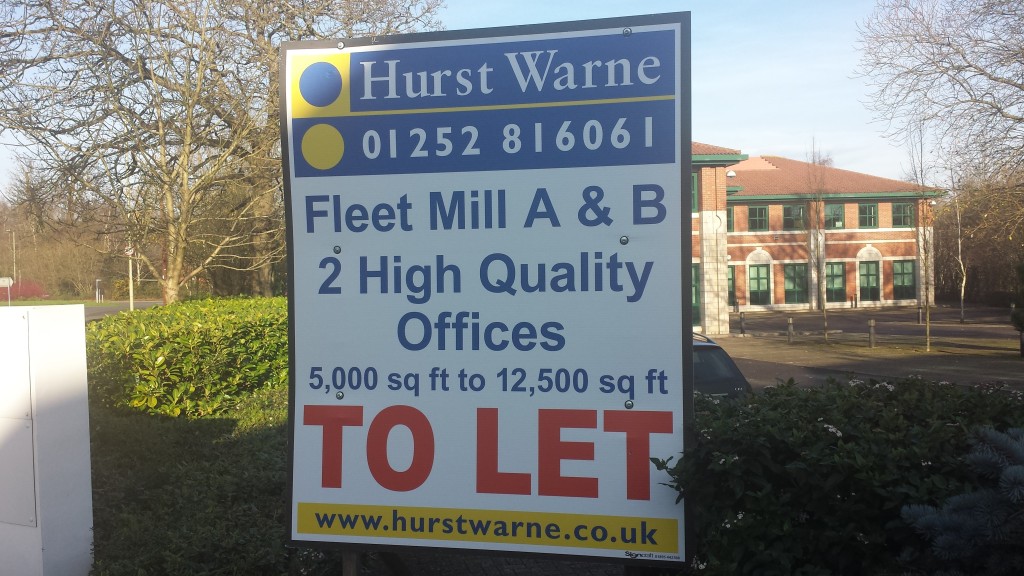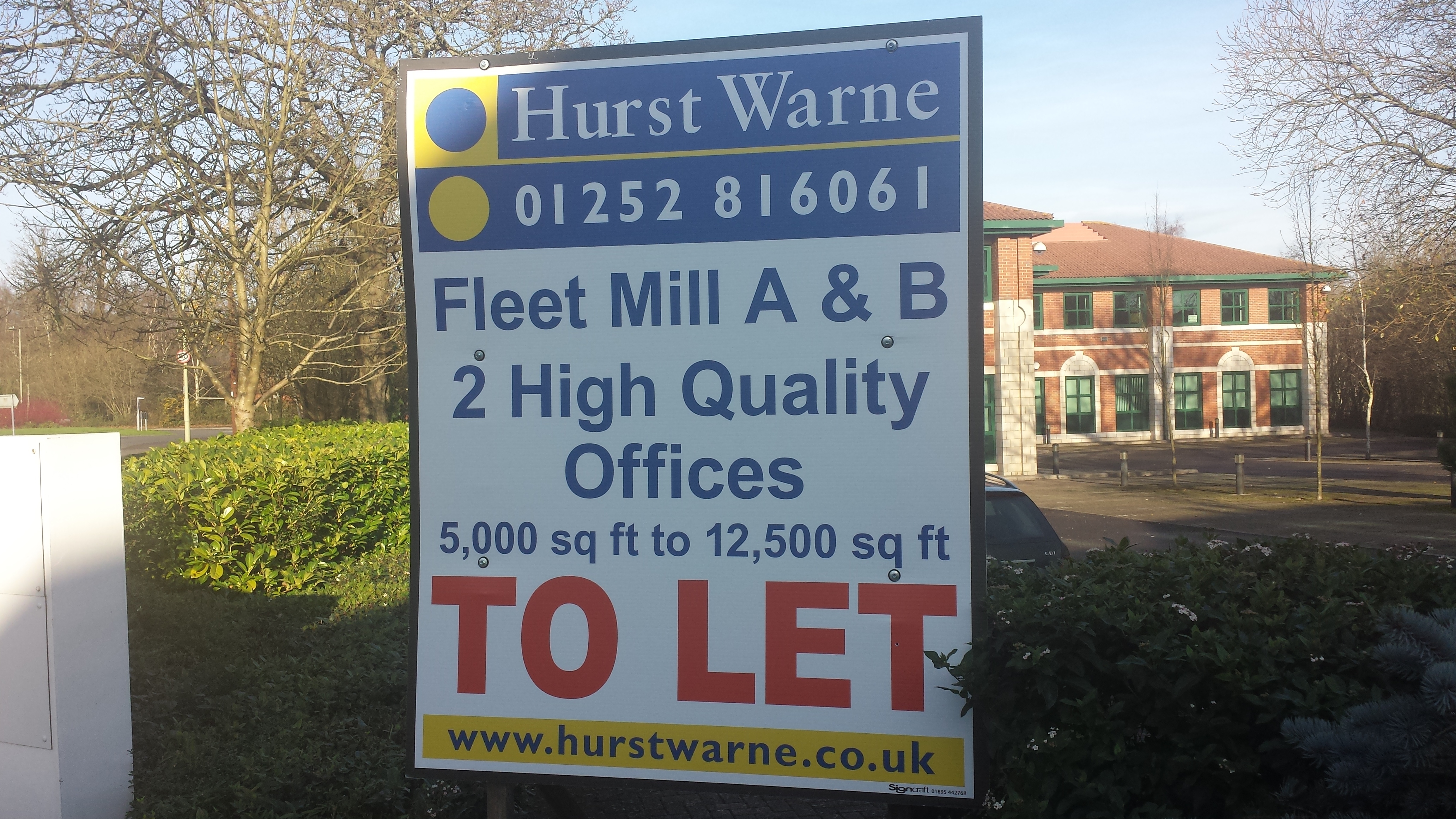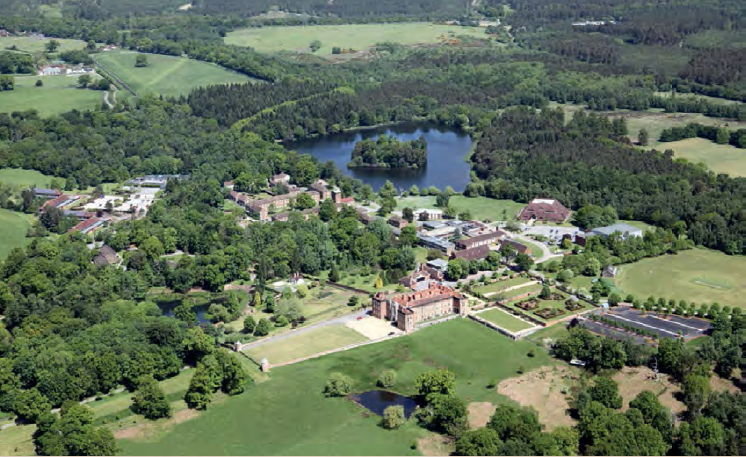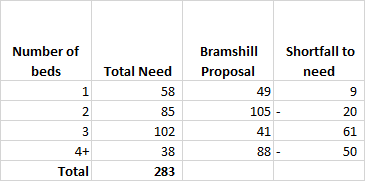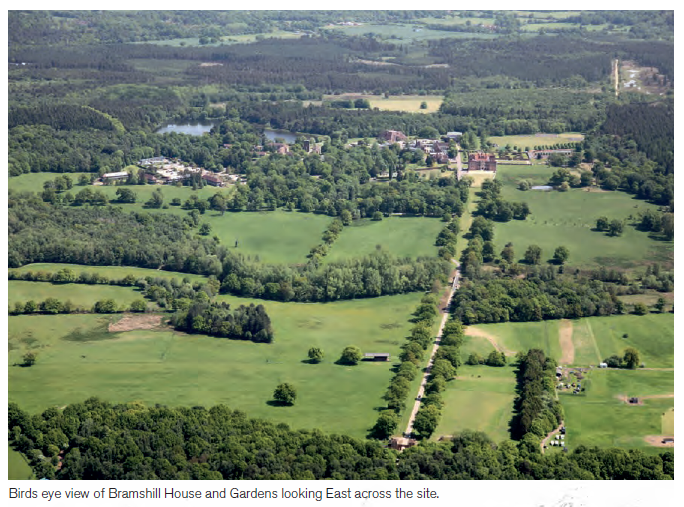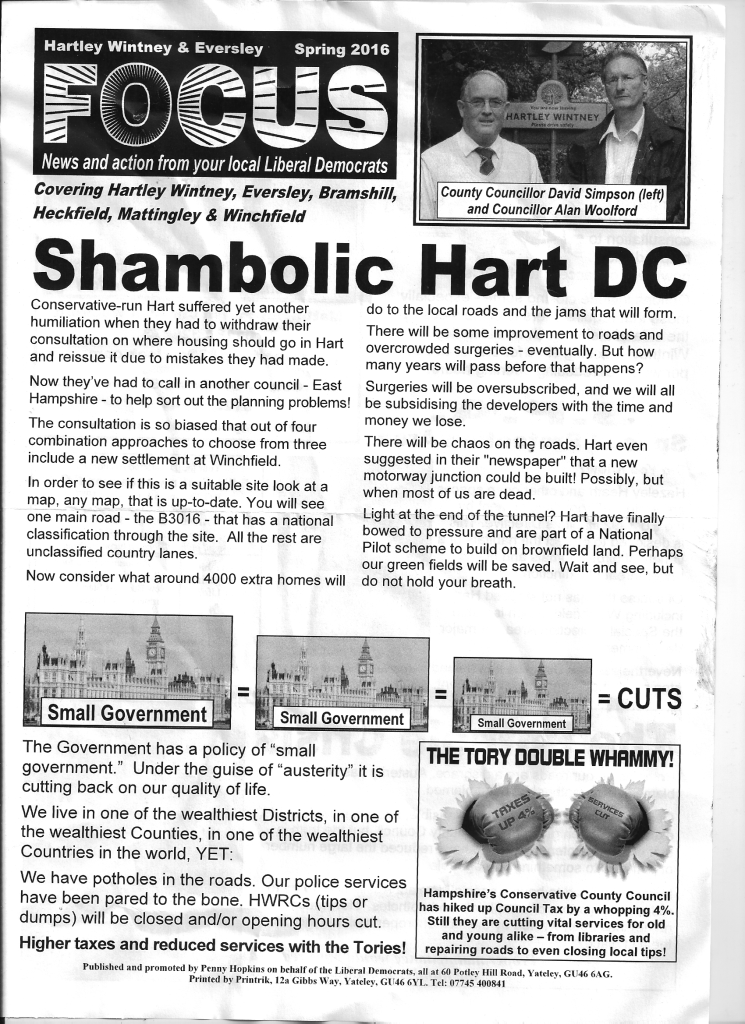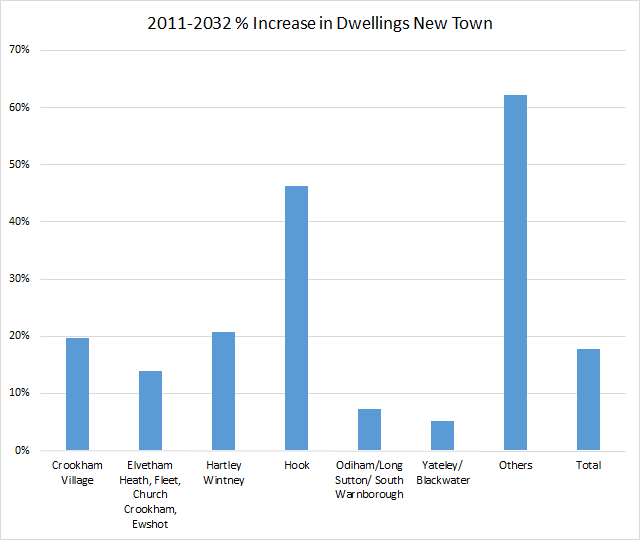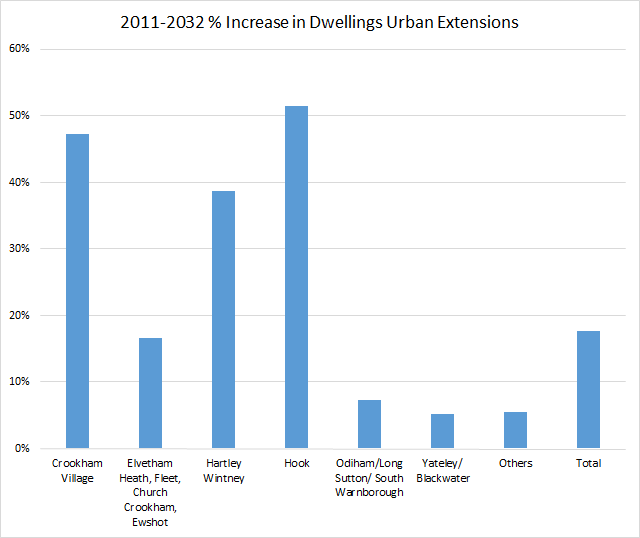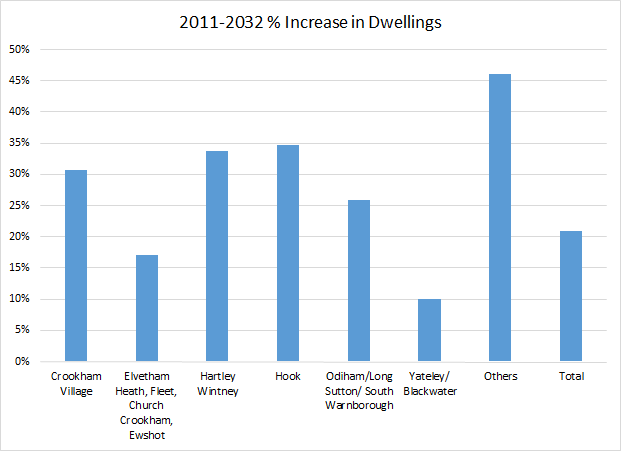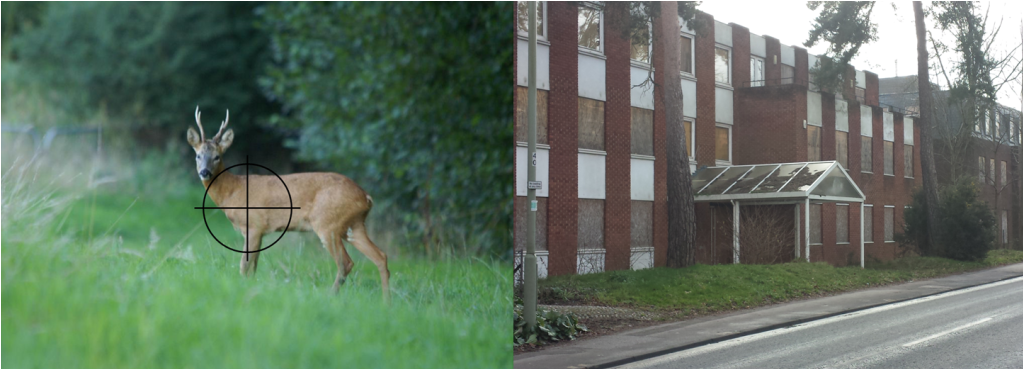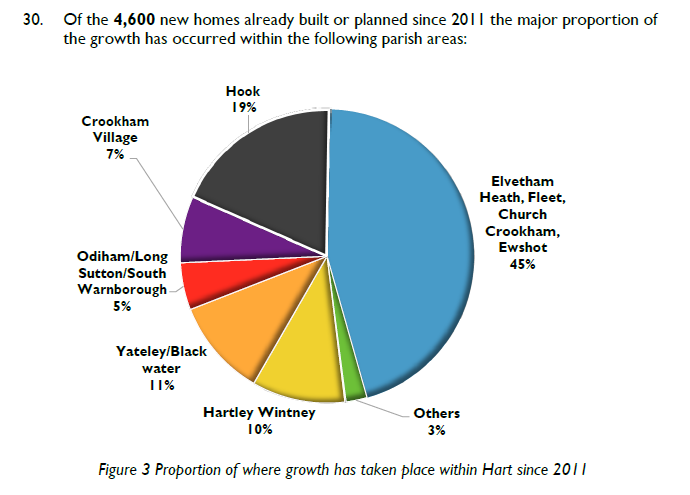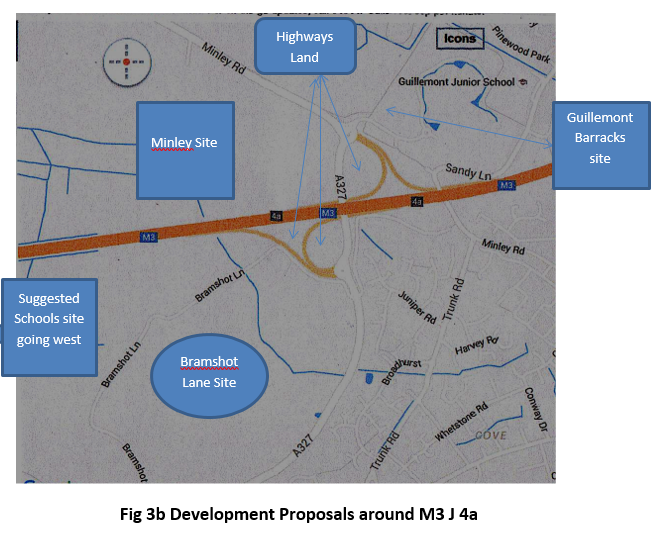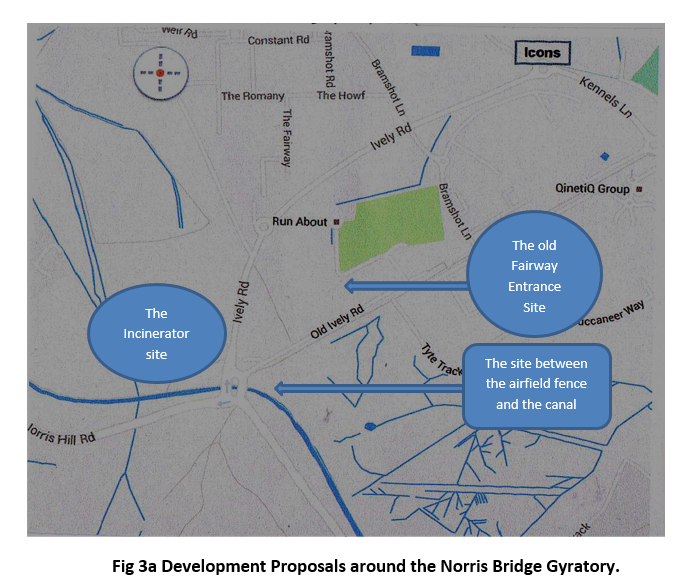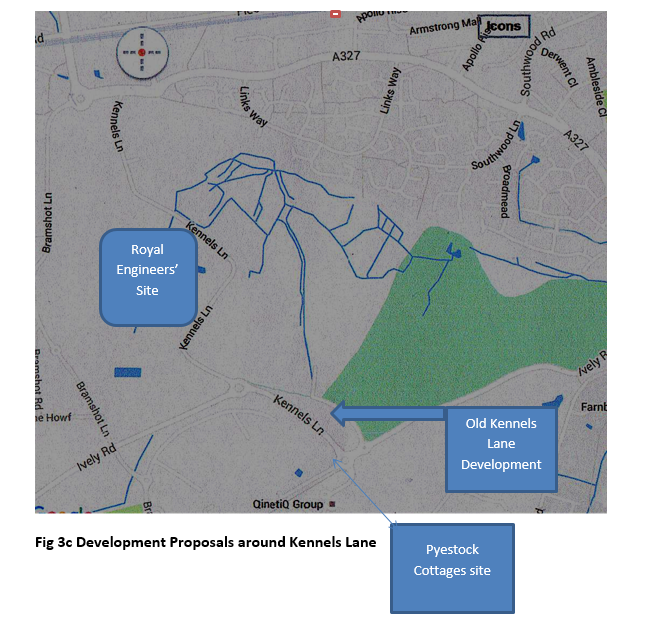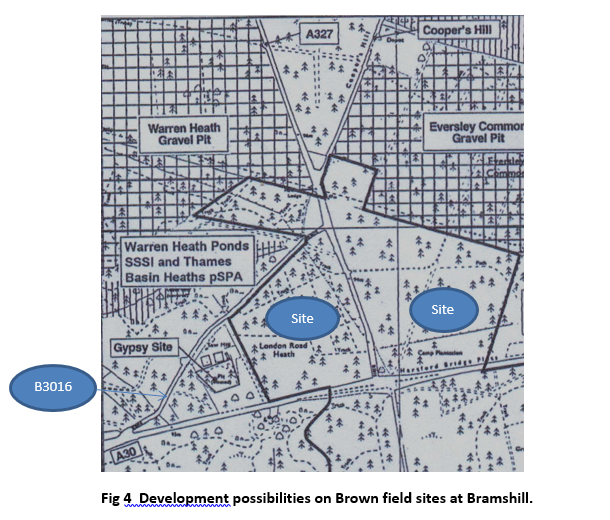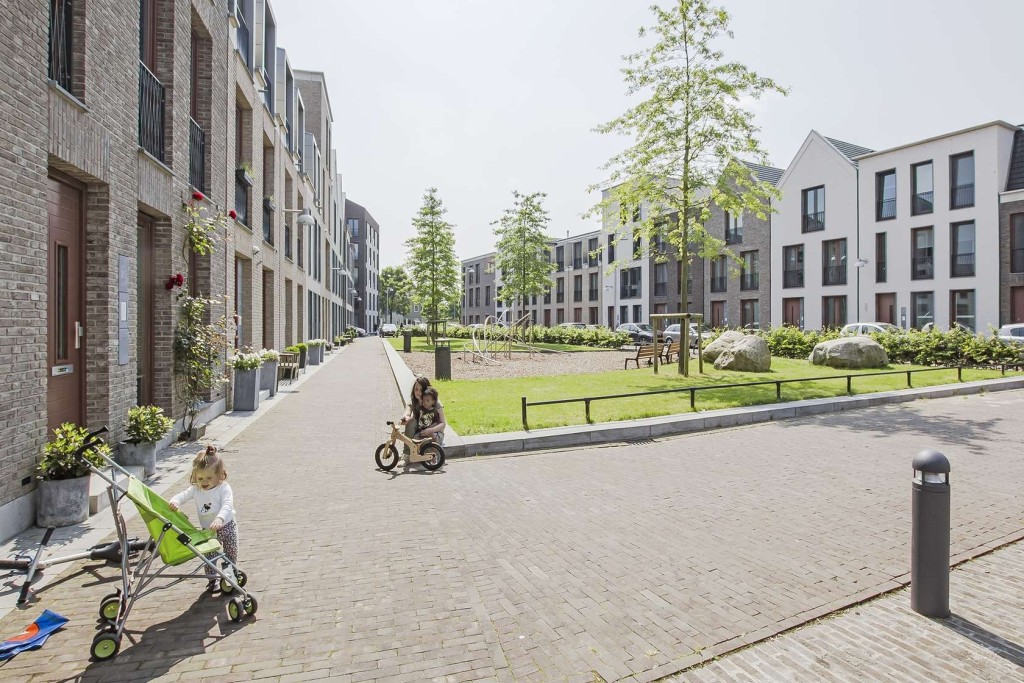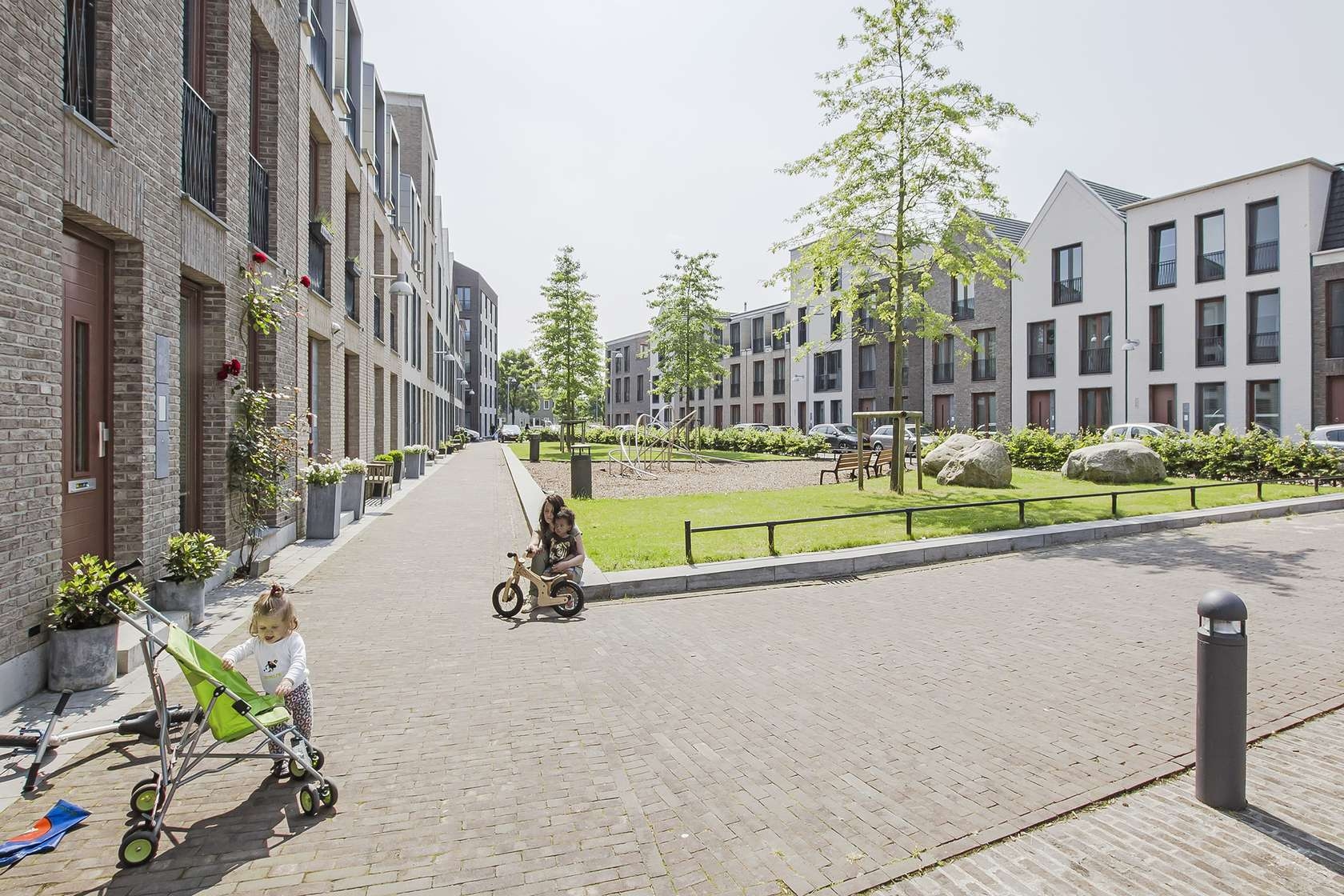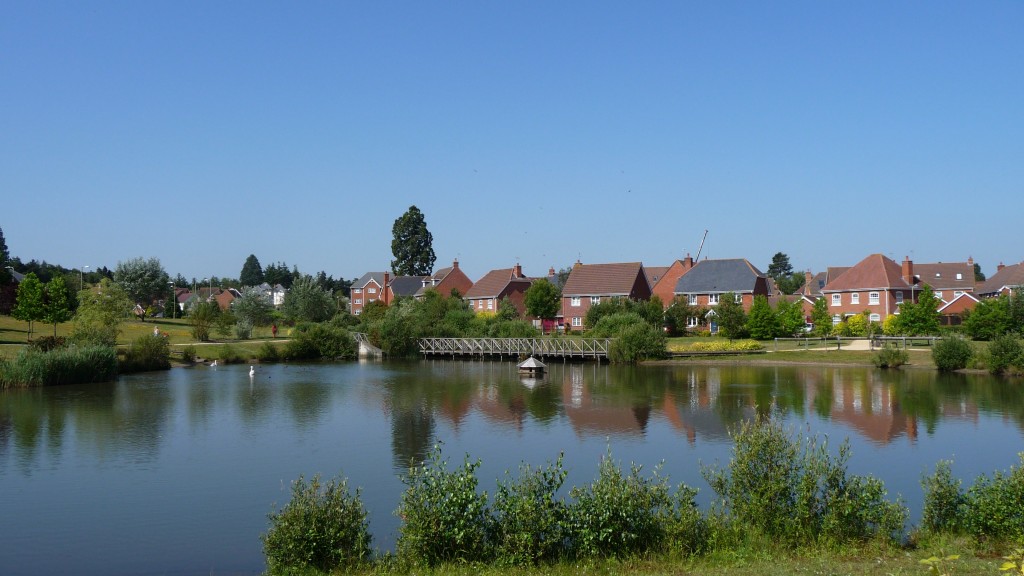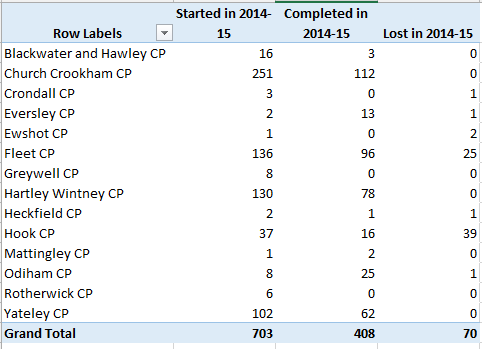
There is a great deal of activity behind the scenes about the Hart Local Plan. The timetable for delivery is becoming clearer and there are updates on a number of planning applications that will shape the future of our district.
Hart Local Plan Timetable
We Heart Hart understands the upcoming timetable for the Hart Local Plan is as follows:
During w/c 28 November: The new Strategic Housing Market Assessment (SHMA) will be sent to councillors.
29 November 2016: Local Plan Steering Group (LPSG) Meeting, where we understand the timetable for the Hart Local Plan will be discussed and drafts of new Planning Policies will be considered.
December 13 2016: A further LPSG meeting will be held to review the draft spatial strategy. This will set out the number of houses we need to build and suggest where they will be built.
December 14 2016: We understand that the planning application for 423 houses at Grove Farm (aka Netherhouse Copse) near Crookham Village to the west of Fleet, will be considered at the Planning Committee. It is possible that some of the applications to redevelop the former Police College at Bramshill House will be considered.
January 26 2017: Draft Local Plan to go to full Council.
Upcoming Planning Applications
The long standing application for around 550 houses to the North East of Hook was finally signed off on 21 November.
The application for 423 houses at Grove Farm (aka Nether House Copse), near Crookham Village will be considered at the Planning Meeting on December 14. More details of this application can be found here and searching for application reference 16/01651/OUT.
It is possible that some of the applications for redevelopment of the former Police College at Bramshill House will be considered. There are a number of applications outstanding on this site that can be found here. The main applications appear to be 16/00726/FUL for 235 units and 16/00721/LBC for 25 units. At least this is a brownfield site, although controversial, being so close to the Thames Valley Heath SPA.
This week, Wates submitted an outline planning permission for 700 dwellings at Pale Lane (also known as Elvetham Chase). More details of this application can be found here and searching for application reference 16/03129/OUT
Conclusions
We don’t yet know how HDC are going to treat these applications, or if they have other ideas for strategic locations for additional housing. Of course, we await an application to redevelop the brownfield site at Pyestock (Hartland Village) and of course Winchfield has been mooted as a site for a new town, but we believe this has failed testing. Other strategic sites that were being considered include Murrell Green (between Hook and Hartley Wintney), Lodge Farm and West of Hook. Of course proposals are also being developed for the so called Rye Common New Village.
It is galling to say the least that we are seeing so many applications on greenfield sites instead of brownfield sites. It is imperative Hart produces the new Hart Local Plan and the new Planning Policies ASAP. This will allow us to regain control over where houses are built in the district.
